When you’re traveling abroad or dealing with foreign currency, the last thing you want is to get ripped off by smooth-talking con artists. Currency exchange scams are surprisingly common, and they target everyone from seasoned business travelers to excited tourists on their first international trip. These schemes can drain your wallet faster than you can say “exchange rate” — and many victims don’t even realize they’ve been scammed until it’s too late.
The good news is that most currency exchange scams follow predictable patterns, and once you know what to look for, you can spot them from a mile away. Here’s a list of 15 currency exchange scams that you should avoid at all costs.
Fake Money Changers

Street-side money changers who aren’t affiliated with any legitimate business are often running elaborate cons. They’ll approach you with friendly smiles and promises of ‘better rates than the banks,’ but their currency is often counterfeit or from other countries where the bills are outdated or essentially worthless. These operators typically work in tourist-heavy areas where people are distracted and unfamiliar with local currency. The fake bills they hand you might look convincing at first glance, but they’re usually poor-quality replicas that any legitimate business will reject immediately.
Bait and Switch Rates

Some exchange services advertise incredible rates on large signs or online, but when you actually show up to make the exchange, they claim those rates are only for massive transactions or VIP customers. They’ll then offer you a much worse rate, hoping you’ll go through with the transaction since you’ve already made the trip. This tactic works because most people don’t want to waste time shopping around once they’re already at a location. The advertised rate was never real—it’s just marketing bait to get you in the door.
Sleight of Hand Counting
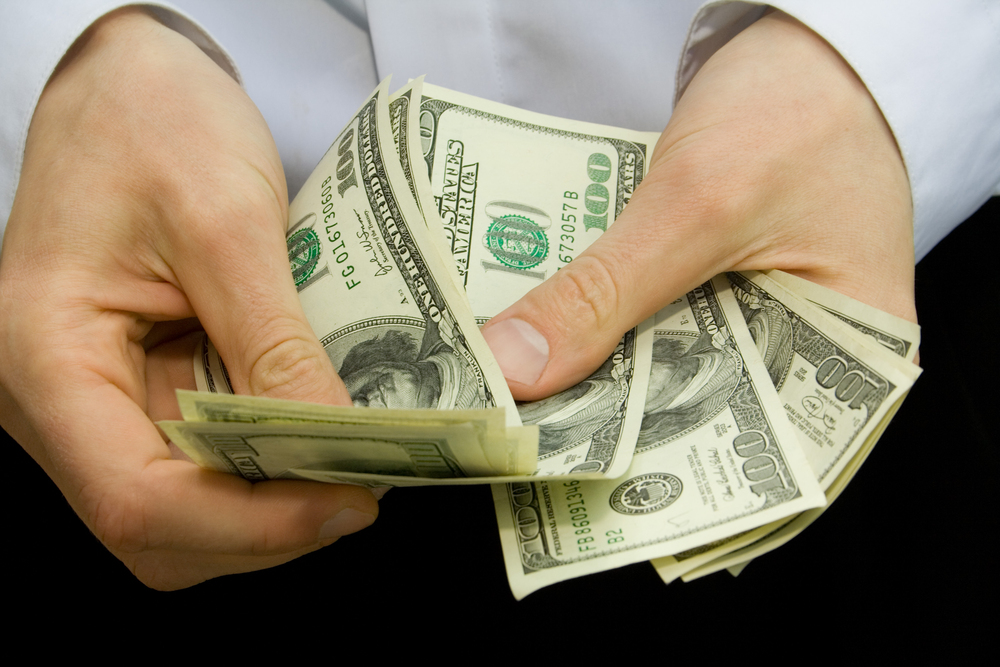
During the counting process, dishonest money changers use distraction techniques to short-change customers. They might count your money multiple times, shuffling bills around and making the process seem more complicated than it needs to be. While you’re focused on watching their hands, they’re actually palming some of your bills or miscounting in their favor. This scam works because most people feel awkward about demanding to recount the money themselves, especially when the exchanger seems to be doing everything transparently.
Damaged Bill Rejection
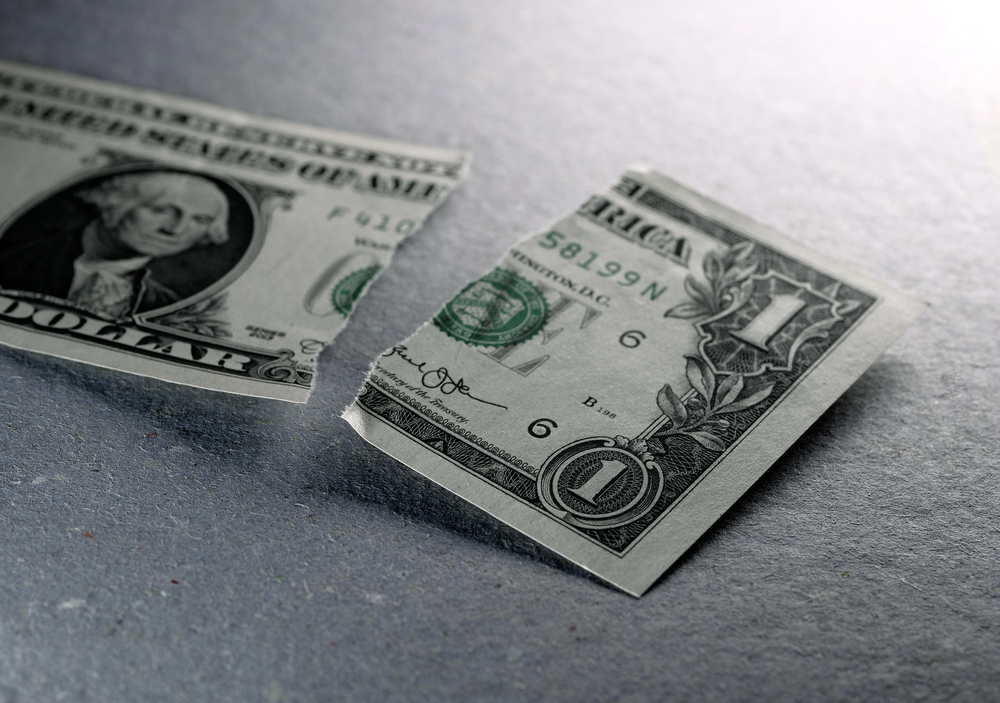
After completing an exchange, the scammer will suddenly ‘notice’ that one of the bills they just gave you is damaged, torn, or somehow unacceptable. They’ll insist on taking it back and giving you a replacement, but the replacement will be worth significantly less or will be another counterfeit. This creates confusion and makes you question whether you received the right amount in the first place. The ‘damaged’ bill was usually fine, but pointing out minor imperfections gives them an excuse to swap it for something worthless.
Airport Kiosk Markups

— Photo by shirotie
Those convenient currency exchange booths at airports often charge outrageous fees and offer terrible exchange rates, but they present them in confusing ways that make comparison shopping nearly impossible. They might advertise ‘no fees’ while building massive markups into their exchange rates, or they’ll have fees that only become apparent after you’ve started the transaction. Airport locations bank on the fact that travelers are often in a hurry and don’t have other options readily available. The convenience comes at a steep price that can cost you 10-15% more than legitimate exchanges.
Commission Fee Surprises
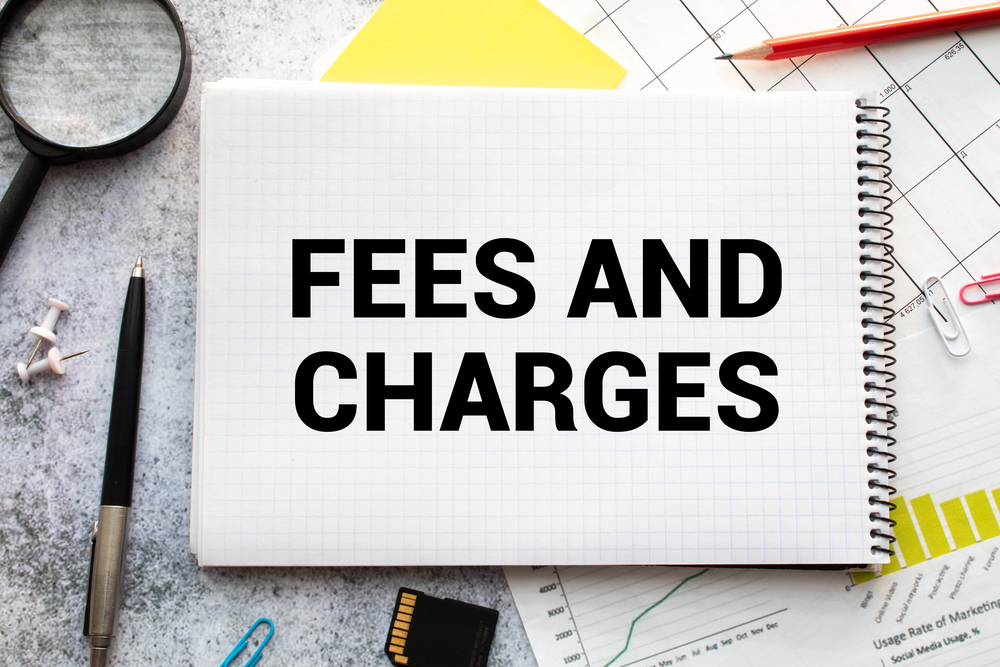
Some exchange services advertise competitive rates but then hit you with unexpected commission fees, service charges, or ‘processing fees’ that weren’t mentioned upfront. These fees can be flat rates or percentages, and they’re often structured in ways that make them seem smaller than they are. The exchanger might say something like ‘just a small 3% service fee,’ but on a large transaction, 3% can be substantial money. They count on people not doing the math in their heads and just accepting the fees as part of the process.
Online Exchange Scams

Fake currency exchange websites look professional and offer attractive rates, but they’re designed to steal your money and personal information. These sites often require you to transfer money upfront or provide banking details before completing the exchange. Once they have your money or information, they disappear completely, leaving you with no recourse. The websites might exist for only a few weeks or months before shutting down and reappearing under different names with new domain addresses.
Social Media Marketplace Cons
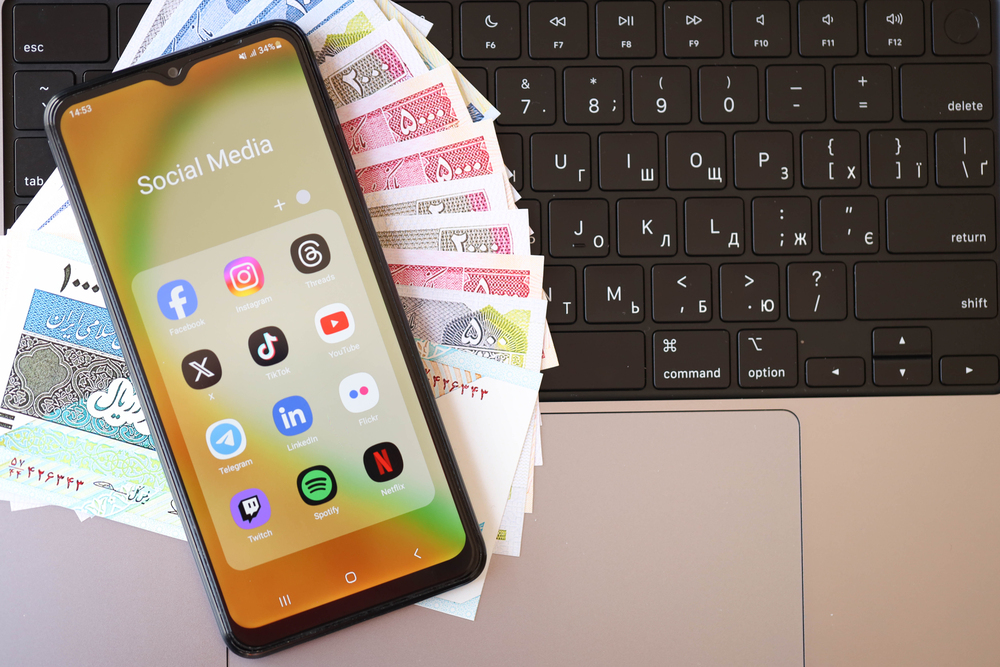
Currency exchange offers on social media platforms or classified ad sites are almost always scams. The ‘sellers’ typically claim to have foreign currency from recent trips and offer to exchange it at great rates. They’ll ask you to meet in person or send money electronically, but they never show up, or the currency they provide is fake. These scams exploit people’s trust in peer-to-peer transactions and the assumption that individuals are more trustworthy than businesses.
Hotel Front Desk Rip-offs
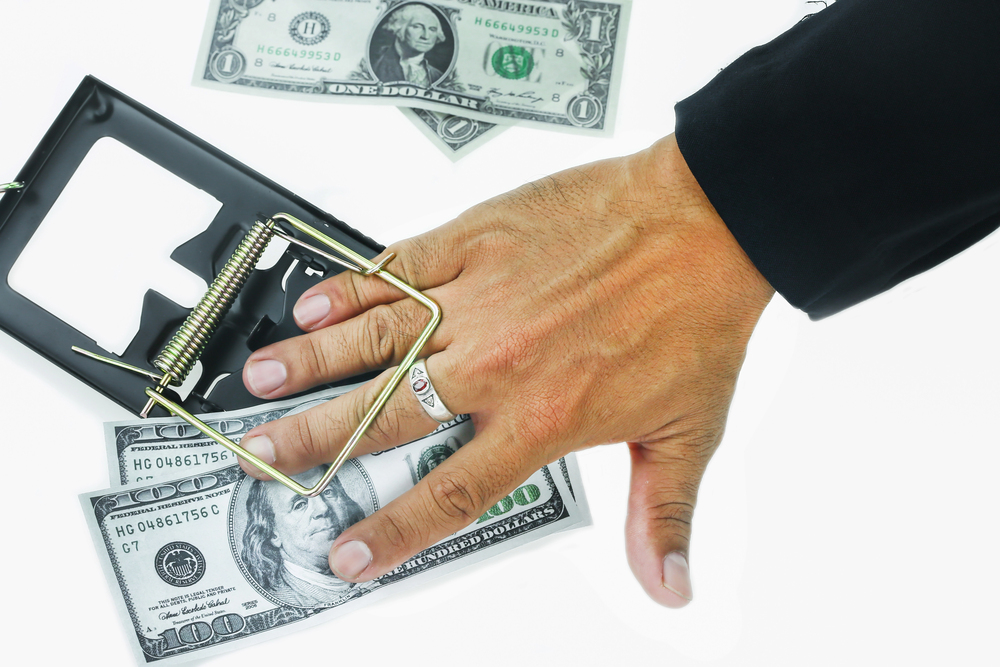
Some hotels offer currency exchange services as a convenience for guests, but their rates can be absolutely terrible. Hotel staff might present this as a helpful service, but they’re often making significant profits on each transaction. The rates they offer can be 20–30% worse than what you’d get at a legitimate exchange, but they make it seem like they’re doing you a favor. Hotels count on guests’ laziness and the fact that people often don’t want to leave the hotel to find better exchange options.
Fake Bank Branches
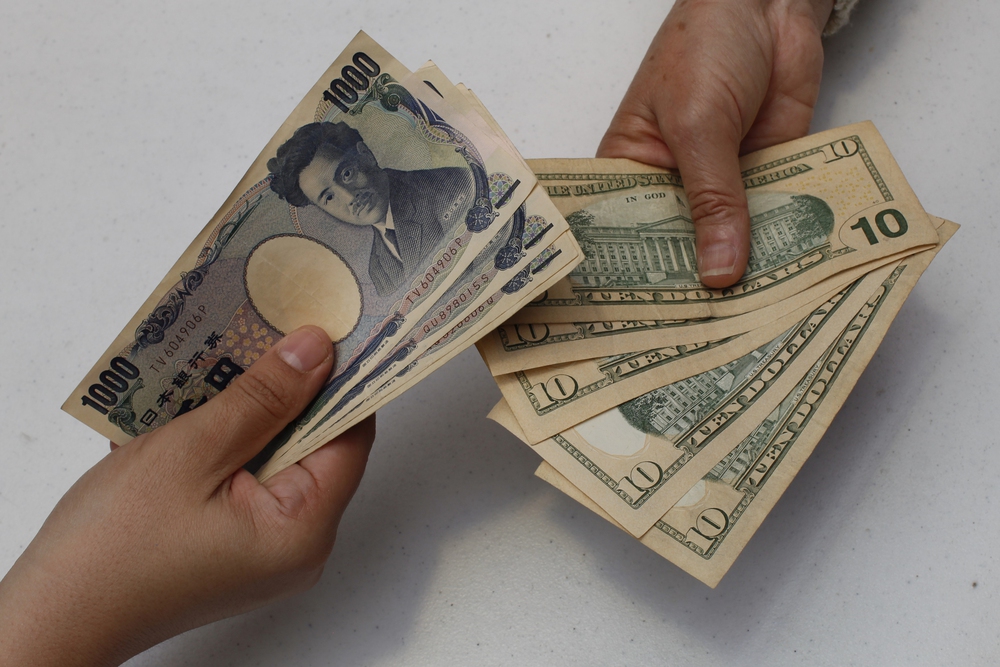
Scammers sometimes set up fake bank branches or currency exchange offices that look legitimate but are completely fraudulent operations. These locations might have professional-looking signs, uniforms, and even fake security cameras to create an atmosphere of legitimacy. They operate for short periods before disappearing with customers’ money, often targeting areas with high tourist traffic. The fake offices might even have employees who seem knowledgeable about exchange rates and banking procedures, making the scam more convincing.
Vacation Package Add-Ons
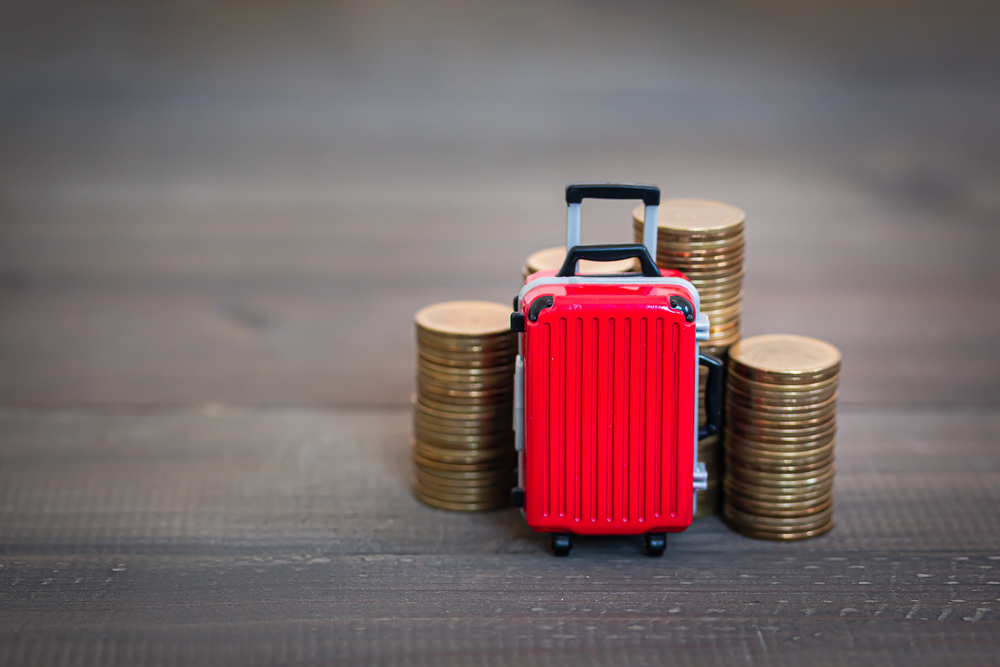
Travel companies sometimes offer currency exchange as part of vacation packages, but their rates are usually significantly worse than market rates. They present it as a convenience service, claiming it will save you time and hassle during your trip. The markup on these exchanges can be enormous, but it’s often hidden in the overall package price, making it difficult to identify. Tour operators count on people not wanting to deal with money exchange during their vacation and being willing to pay extra for the convenience.
ATM Skimming Devices
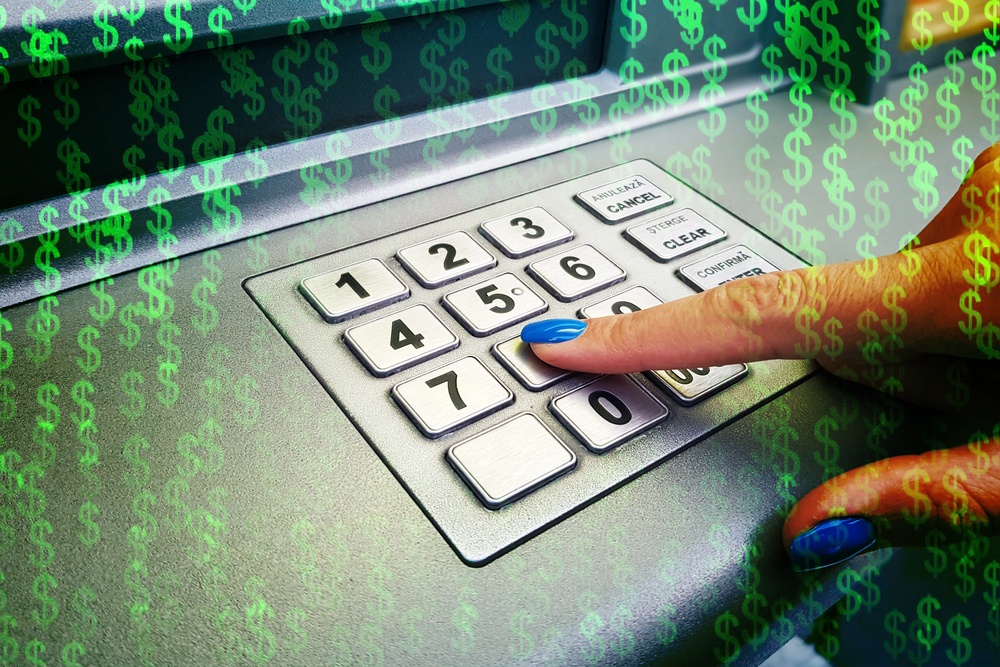
While not exactly a currency exchange scam, ATM scams target people who are trying to get local currency while traveling. Criminals attach skimming devices to ATMs that capture your card information and PIN. These devices are often nearly invisible and are placed on ATMs in tourist areas where people are frequently withdrawing cash. The scammers use the captured information to create duplicate cards and drain bank accounts, sometimes waiting weeks before using the information to avoid detection.
Peer-to-Peer App Frauds
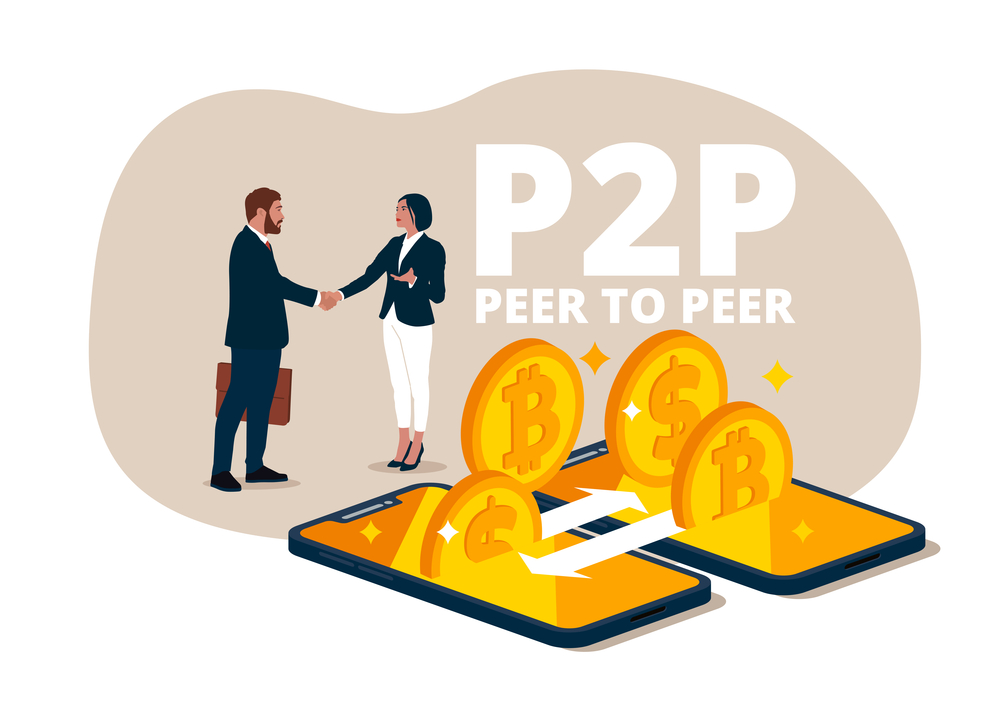
— Vector by gannenko
Currency exchange scams on peer-to-peer payment apps have become increasingly sophisticated. Scammers create fake profiles and offer to exchange currency through these platforms, but they use stolen account information or fake payment confirmations. They might send you a screenshot showing a completed payment, but the actual transaction never goes through. These scams work because the apps make it easy to send money quickly, and many people don’t verify that payments were received before completing their end of the deal.
Traveler’s Check Cons
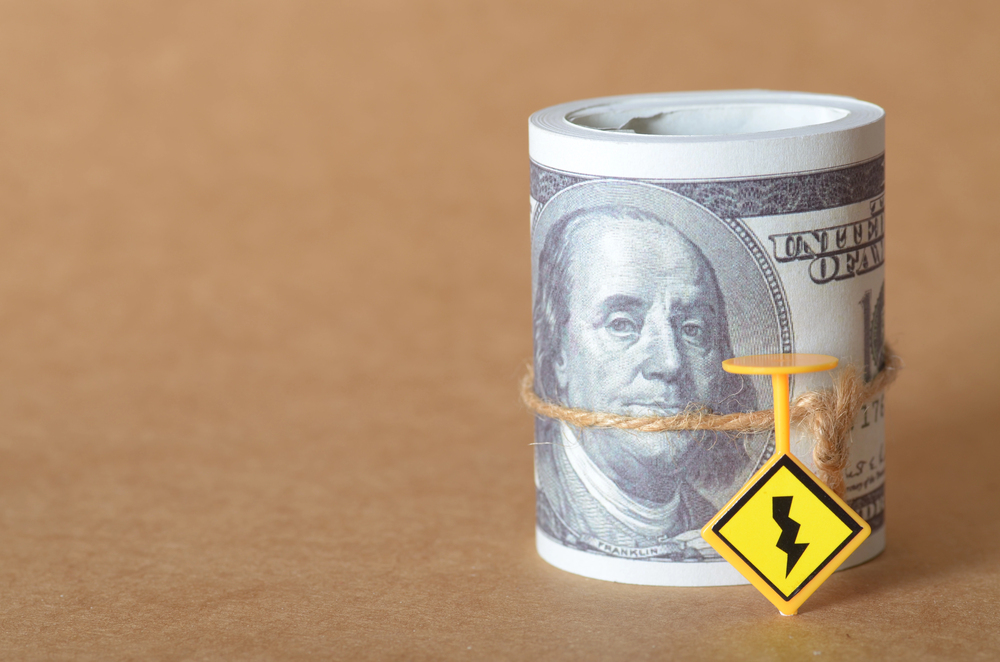
Although traveler’s checks are less common now, scammers still target people who use them by offering to exchange them for local currency at favorable rates. The scammer will examine your travelers’ checks and claim they can give you a better rate than banks, but they’ll switch your legitimate checks for fake ones during the transaction. Travelers’ checks require specific endorsement procedures, and scammers exploit people’s unfamiliarity with these requirements. The fake checks they provide will be rejected by any legitimate business or bank.
Time Pressure Tactics

Many currency exchange scams rely on creating artificial time pressure to prevent victims from thinking clearly or shopping around for better rates. The scammer might claim that exchange rates are about to change, that they’re closing soon, or that they have limited foreign currency available. They’ll push you to make a decision quickly, often while you’re dealing with other travel stress like catching flights or finding transportation. This pressure prevents you from doing proper research or recognizing red flags that would be obvious under normal circumstances.
Turning the Tables on Scammers
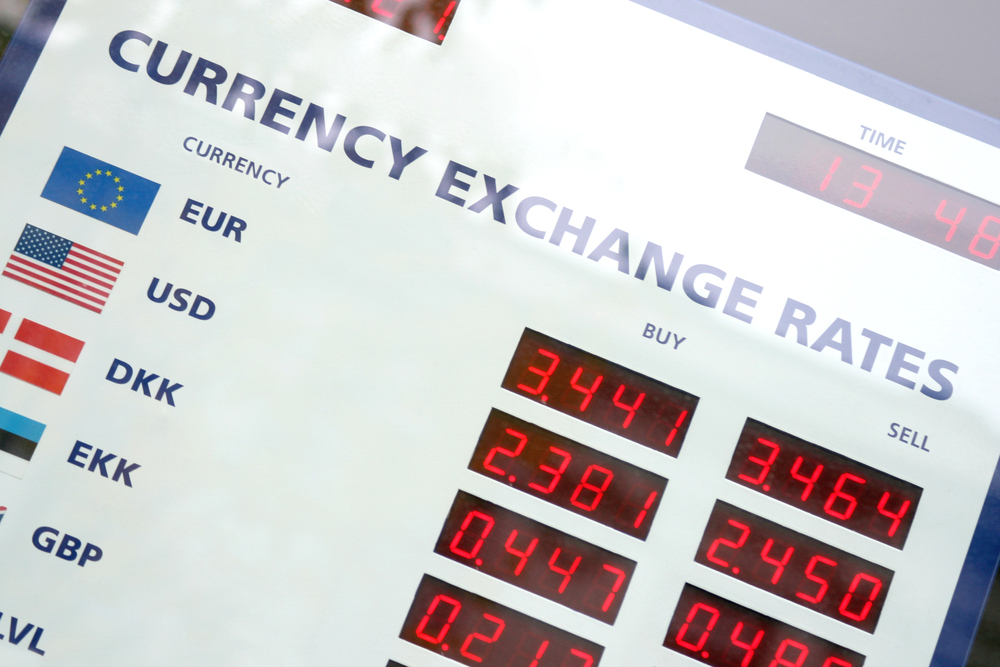
Understanding these common currency exchange scams puts you in a much stronger position when you’re dealing with foreign money. The best defense is always preparation—research current exchange rates before you travel, identify legitimate exchange locations in advance, and never let anyone pressure you into making quick financial decisions. Most legitimate currency exchanges are happy to explain their rates and fees clearly, and they won’t use high-pressure tactics or create artificial urgency. When in doubt, stick with established banks, official exchange services, or well-reviewed businesses with physical locations and proper licensing.
More from Travel Pug

- 20 Best Beach Towns in the Carolinas
- 13 Destinations Where Tourists Regularly Regret Their Trip
- 20 Things You Actually Get in First Class
- 20 Small Airports With Aviation Museums
- 20 Places in the U.S. That Are Perfect for a Reset Trip
Like Travel Pug’s content? Follow us on MSN.
